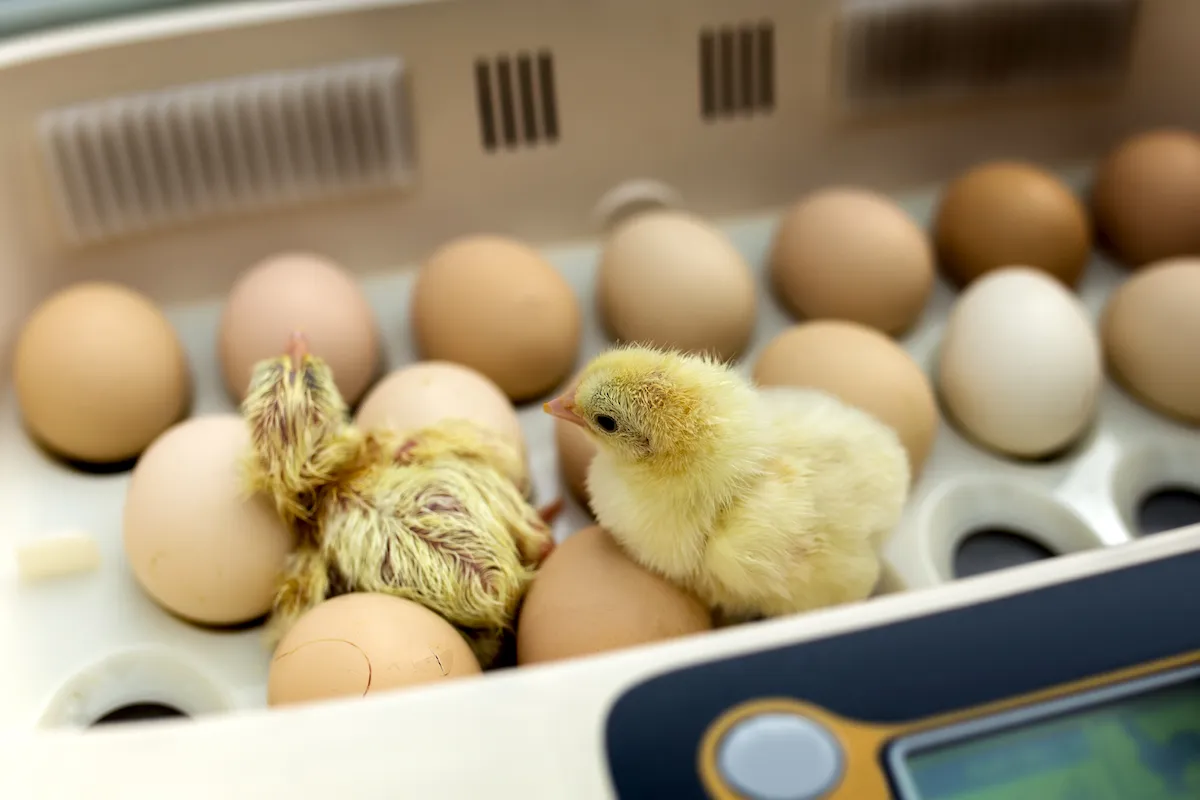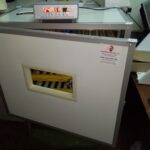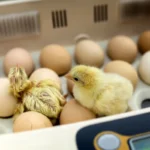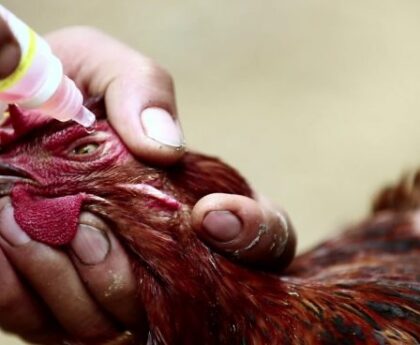Choosing fertile eggs for incubation is an important step for successful poultry breeding. It is crucial to select the most suitable eggs in order to maximize the chances of hatching healthy chicks. By considering various factors and following the appropriate steps, breeders can ensure a higher success rate in their incubation process.
Factors to Consider When Choosing Fertile Eggs for Incubation in Kenya:
- Egg Source: The source of the eggs plays a significant role in determining their fertility and quality. It is advisable to obtain eggs from reputable breeders or hatcheries known for their high-quality stock. Eggs from healthy and well-maintained parent flocks are more likely to have better fertility rates and produce robust chicks.
Egg Size and Shape: When selecting eggs for incubation, it is important to choose ones that are of average size and have a symmetrical shape. Eggs that are too large or small may indicate potential issues with the hen’s reproductive system or nutritional deficiencies. Similarly, misshapen eggs may have compromised internal structures, resulting in lower hatchability.
- Egg Age and Storage: The age and storage conditions of the eggs are vital factors to consider. Fresh eggs have higher fertility rates compared to older ones, so it is best to select eggs that are no more than a week old. Additionally, eggs should be stored in a cool and clean environment before incubation, as improper storage can negatively affect their viability.
Steps for Selecting the Most Suitable Eggs for Incubation:
- Visual Inspection: Before selecting eggs for incubation, visually inspect them for any flaws or abnormalities. Look for cracks, thin shells, or irregularities in shape. Discard any eggs that show signs of damage or deformities, as they are less likely to hatch successfully.
- Candling: Candling is a technique that involves passing a light source through the egg to examine its internal contents. This process helps identify fertility, development, and potential problems like blood rings or embryos without proper development. Candling should be done in a darkened room and on days 7 and 14 of incubation to assess the progress of the embryo.
- Weight and Density: Eggs with a higher weight and consistent density are generally a good indicator of fertility. Gently hold and compare the weight of the eggs, ensuring they have a solid feel. Eggs that feel significantly lighter or have uneven density may not have a properly formed embryo inside.
Selecting fertile eggs for incubation is a critical step in poultry breeding. By considering factors such as the egg source, size, shape, age, and storage conditions, breeders can improve the chances of successful hatching. Following the steps of visual inspection, candling, and assessing weight and density can further ensure the selection of the most suitable eggs. By carefully choosing fertile eggs, breeders can increase their chances of raising healthy and vibrant chicks.





